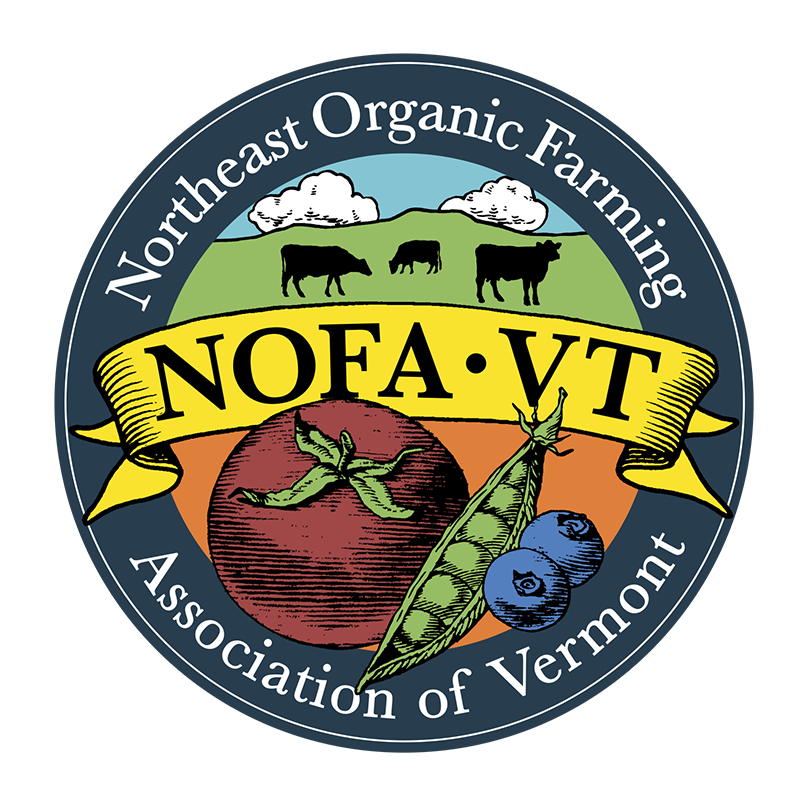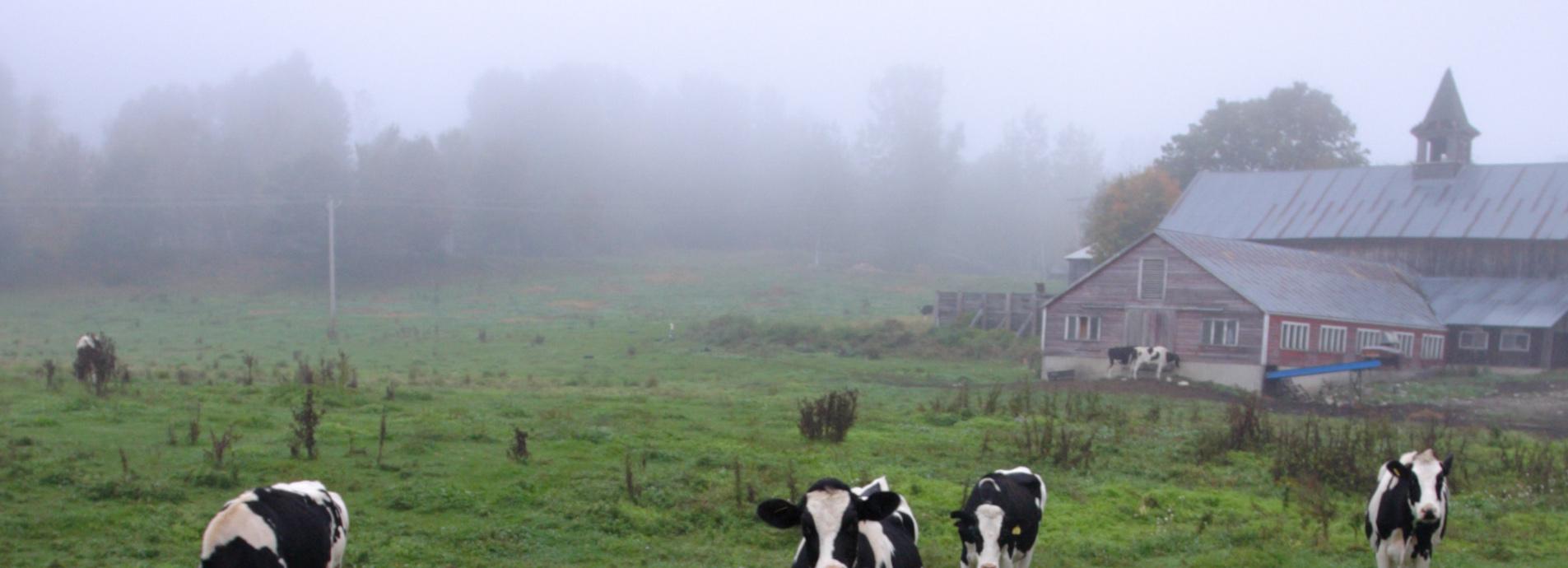[by Andrea Solazzo, Gleaning and Community Outreach Coordinator at Vermont Foodbank]
Historically, charitable food organizations like food shelves and food banks were built around the availability of boxes and cans of shelf stable foods to provide vulnerable populations with an emergency food supply. Today, the face of hunger is changing and so is the type of food being offered to our neighbors in need. Many in Vermont seek food assistance, not just for emergencies, but on a regular basis. Last year 1 in 4 Vermonters, 153,000 people, turned to the Vermont Foodbank’s network of food shelves and meal service programs to feed themselves and their families. They turned to these programs 1.2 million times over the course of the year. The Vermont Foodbank recognizes that this changing face of hunger demands a new level of responsibility, a responsibility to provide the most nutritious and healthy food available.
 What would happen if the food shelf was filled with the comforting and welcoming smells of sautéed onions and garlic and visitors had a chance to taste a particular vegetable they thought they didn’t like?
VT Fresh is a Vermont Foodbank program that aims to answer some intriguing questions:
What would happen if the food shelf was filled with the comforting and welcoming smells of sautéed onions and garlic and visitors had a chance to taste a particular vegetable they thought they didn’t like?
VT Fresh is a Vermont Foodbank program that aims to answer some intriguing questions:
 What would happen if the food shelf was filled with the comforting and welcoming smells of sautéed onions and garlic and visitors had a chance to taste a particular vegetable they thought they didn’t like?
What would happen if the food shelf was filled with the comforting and welcoming smells of sautéed onions and garlic and visitors had a chance to taste a particular vegetable they thought they didn’t like?- What would happen if the food shelf environment was set up to encourage people to choose more fruit and vegetables?
- What if fruit and vegetables were displayed in a more visible, attractive and even beautiful way- including vibrant signage, produce banners, and shelf labels like you might see at a farmers’ market?
- What would happen if the food shelf was filled with the comforting and welcoming smells of sautéed onions and garlic and visitors had a chance to taste a particular vegetable they thought they didn’t like?
- Partner with 15 local community organizations to implement VT Fresh and help transform the food environment of their food shelf
- Deliver 200 cooking demonstrations
- Engage 2,000 participants
- Distribute 30,000 pounds of produce to participants
- Measure that 40% of participants liked a specific vegetable more after the taste test than before

